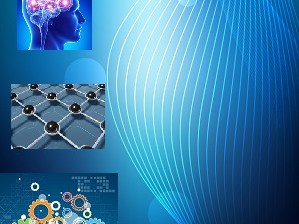Category Archives: Neural Networks
30 Dec Aristotle and von Neumann
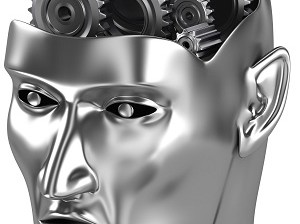
In the 1950’s, John von Neumann compared the computer to the brain. Scientific inquiry that laid the foundation for that comparison, however, had begun long before. The influence of the Greek philosopher Aristotle’s association theory (metaphysics), for example, is evident in neural net theory. In The Computer and the Brain, Dr. von Neumann describes how […]
29 Oct DNA and Biocomplexity

Bio-Complexity Before I can feel comfortable designing a machine or software that can perform brain-like tasks, I want to understand the brain and the broader context in which it develops and operates. The last thing I want to do is over-simplify my assumptions and fail in my design. Nor do I want to over-complexify. I don’t […]
25 Oct Chaos and Order, Fractals and Language Power

Fractals may appear chaotic when viewed from a distance, but they exhibit recognizable patterns or mirrored structures when viewed up close. So, too, there is a distance we humans must travel from the chaotic structure of a thought to the regular structure of a meaningful dialog made of symbols in the form of audible words and body language. […]
01 Oct Methodology or Mythology
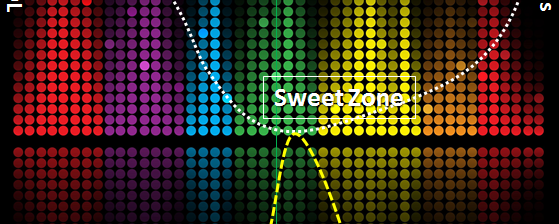
Call me a “nut”, but I have always been enthralled by science fiction. An image of Dave, a surprised and confused astronaut from 2001, a Space Odyssey, stays in my mind. In his eyes, I could see his brain working frantically to figure out how to master the situation, and giving way to hopelessness. The […]
31 Mar Asymmetrical Balance, True Love and Chaos
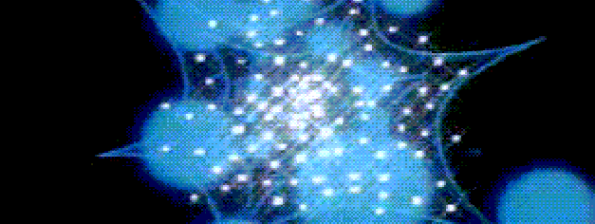
Inequality is the Pattern Unequal distributions characterize everything in the universe from subatomic particles to galaxies. In fact the whole idea of “equality” in the physical universe seems at least a tiny bit sketchy. At the extreme end of unequal distributions is chaos. On the near end are things that approximate equality: balance, parity, equal opportunity, symmetry […]
16 Mar Neurons – Section 2 Intro
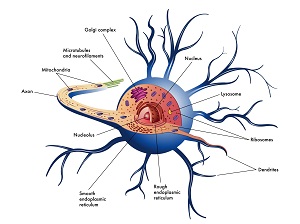
Neurons: Processing Elements or Storage Cells? In the Brains section of this blog, we examine the brain, its areas, and the types of neurons that populate the different layers of some of the brain’s areas. My posts in this segment will turn up the magnification and look a little deeper. What can be seen inside the cells? What is it that […]
21 Jan Gating in Human Reasoning

Both neuroscience and computer science have borrowed the metaphor of the gate for representing the function of letting some things go through and restricting others. In computing it is mostly a binary function: if the gate is closed, nothing comes in, if the gate is open, everything that is at the threshold comes in. I chose the pictures above because gates […]
27 Dec Microtubules
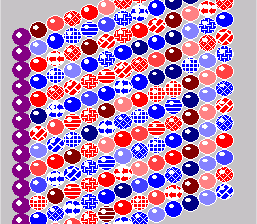
Microtubules Neurons have hundreds of MT distributed in the soma and in the axon and dendrites. Microtubules, like IF, are filamentous organelles that form the cytoskeleton of neurons. Their cylindrical, composite polymers comprise part of the cytoskeletal infrastructure of cells. Their cylinders are long, and they possess a distinct polarity. Their surfaces are composed of spherical tubulin in columns […]
27 Dec Cytoskeleton Components in Cognition
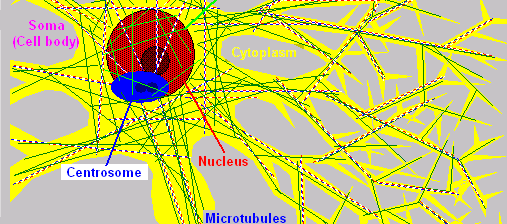
A Neuron’s Skeleton Unlike the external structure of many spheroid and amorphous cells, the external structure of neurons is complex and rigidly determined. As you may remember from earlier posts, the many different types of neurons residing in particular cortical strata (in layers of the gray and white matter) each have distinctive characteristics that enable […]





